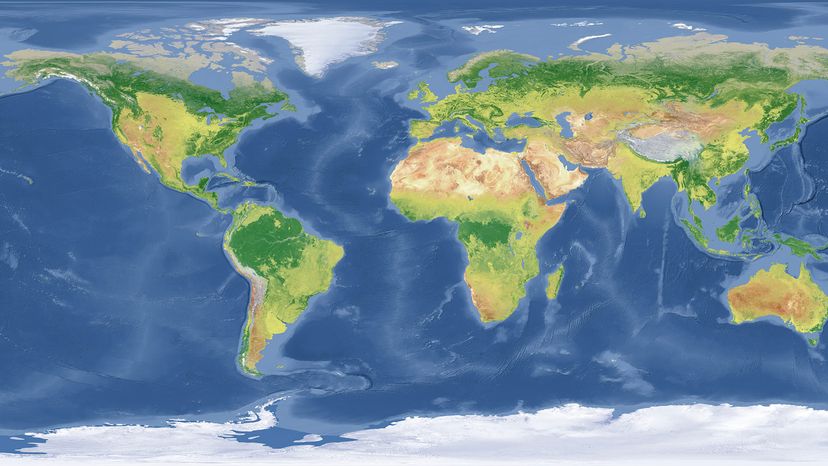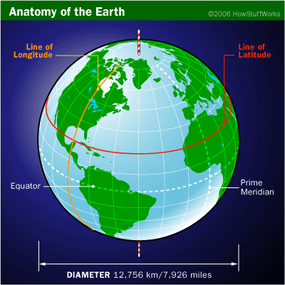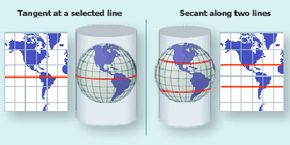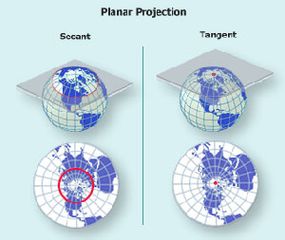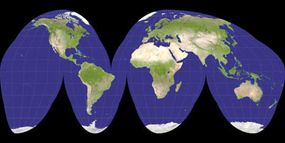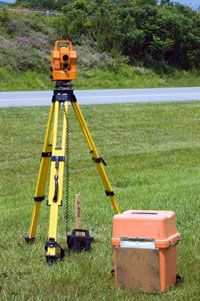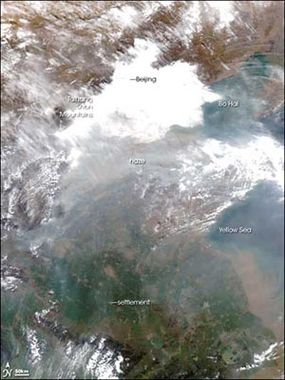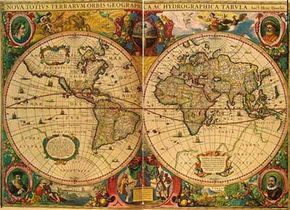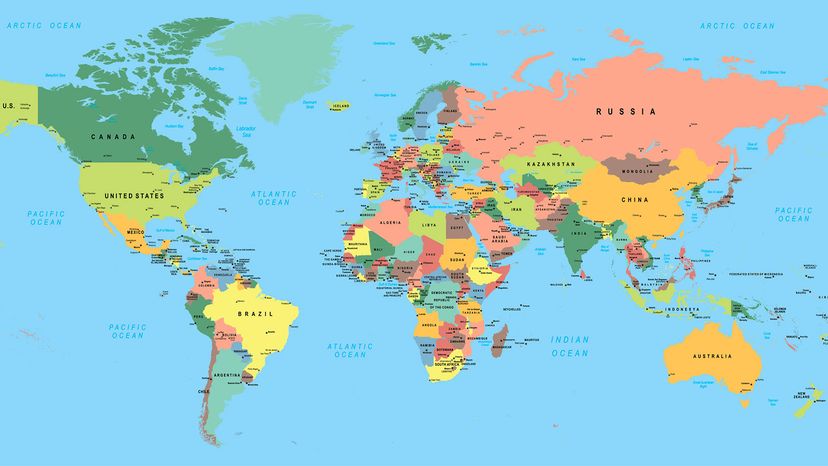
It's easy to think of maps as sets of visual directions. Whether you're trying to get to the top of Mount Everest or to a friend's new home, a map can help you find your way. But maps can do more than help you figure out where you are and where you're going. They are representations of information that can describe nearly anything about the world.
If you wanted to get an idea of which dog breeds are most popular in different regions, you might spend days looking at lists and charts. Or you could look at a map and get an instant grasp of the same information. Learning about the physical features, imports, exports and population densities of different countries would take ages if you relied on written descriptions in a book. But with a map, all of the numbers, patterns and correlations are right in front of you. As Ian Turner, senior cartographer at GeoNova, put it, "A map is a type of language. It's a graphic language. It presents information in hopefully a way that is very easy to understand."
Advertisement
It's the job of a cartographer (someone who makes maps) to put all of this information into a format that people can understand and learn from. Exactly what a person can learn depends on the type of map. Most maps start with an outline of a location, like a piece of land or a body of water. Then, they provide information about the location's attributes. Different maps incorporate different attributes. For example:
- Physical maps illustrate landforms like mountains, deserts and lakes. With a physical map, you can get a basic sense of what all or part of the planet looks like and what its physical features are. Physical maps usually show differences in elevation through hypsometric tints, or variations in color. Topographic maps, on the other hand, illustrate the land's shape and elevation using contour lines.
- Political maps display cultural information about countries, their borders and their major cities. Most political maps also include some physical features, like oceans, rivers and large lakes.
- Thematic maps add information on a specific theme, or subject. Examples of common themes are population density, land use, natural resources, gross domestic product (GDP) and climate. Thematic maps can also show extremely specialized information, such as the availability of internet access in different parts of the world.
This combination of locations and attributes makes it possible to put lots of information into a very small space. A single map can show you all of the countries on a continent, their borders, their approximate populations and their primary imports and exports. People can also use specialized thematic maps to analyze trends and patterns in all kinds of data. A map showing communication costs in different parts of the world, for example, could help a nonprofit organization decide where to build a low-cost wireless network. As Turner explained, "Maps are more than about capitals and countries — it's really about how economics and climate and natural features, how all the different variables that make up a society relate to one another."
Common conventions help cartographers present all this information in a way that makes sense. We'll look at them in more detail in the next section.
Advertisement
